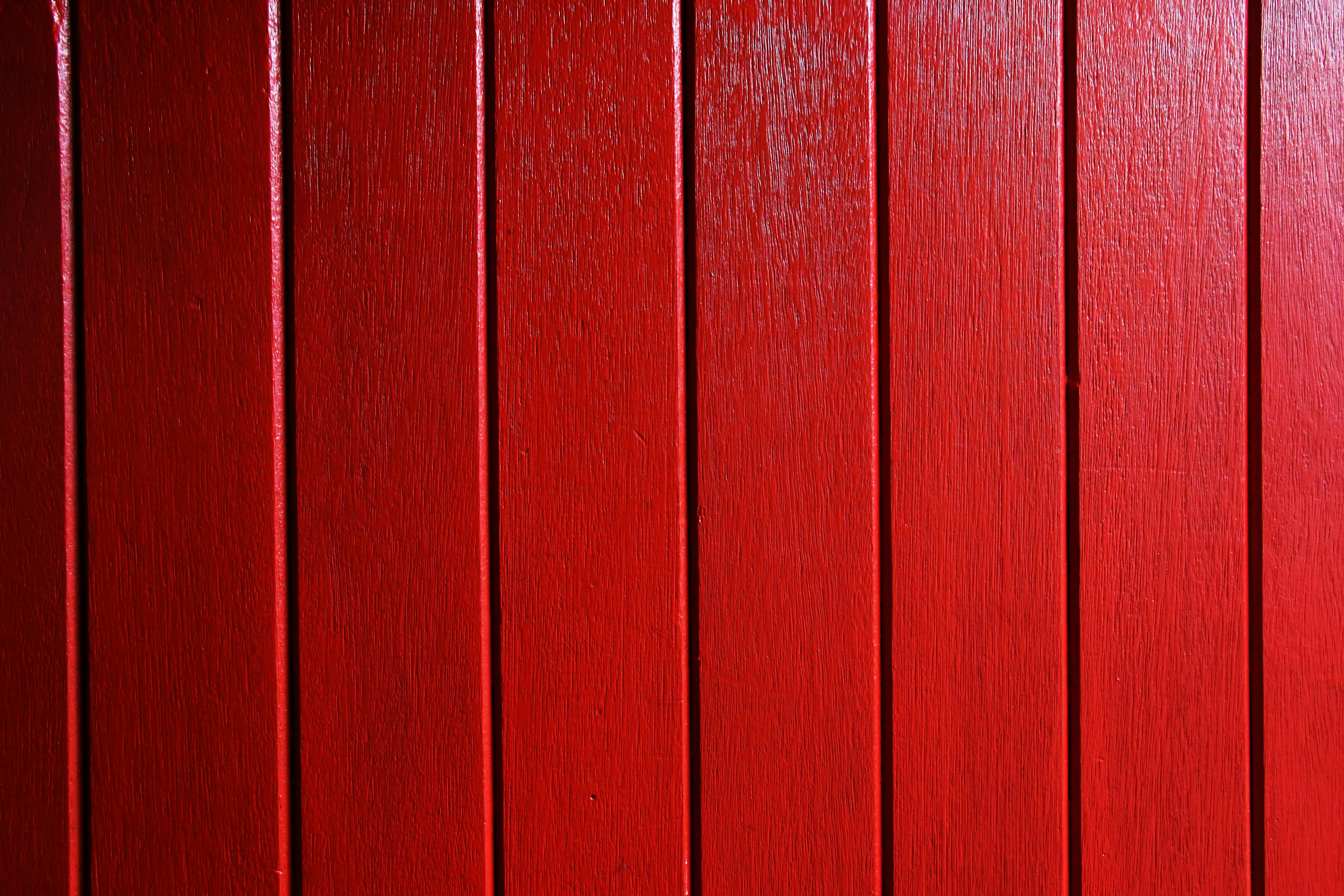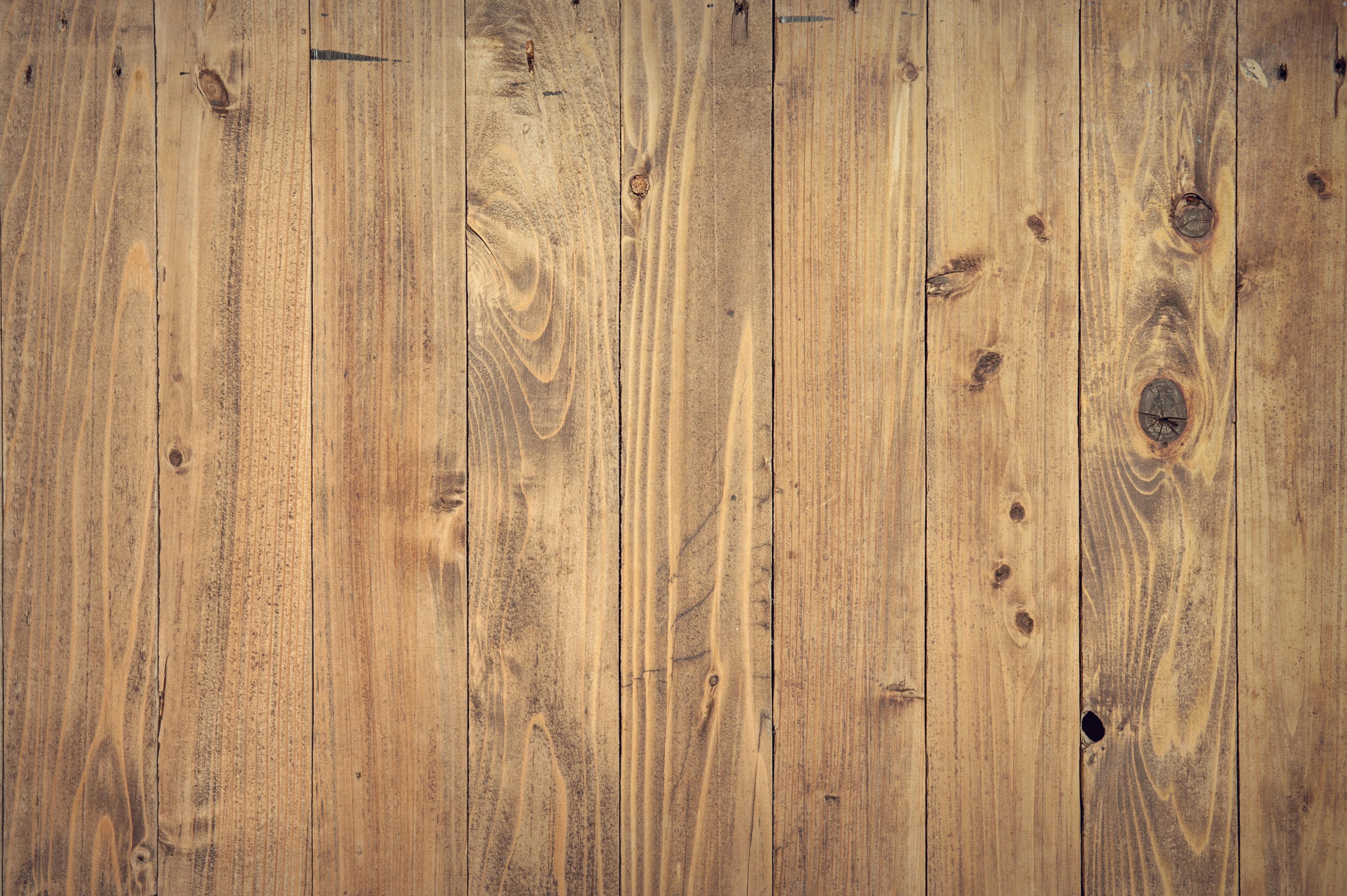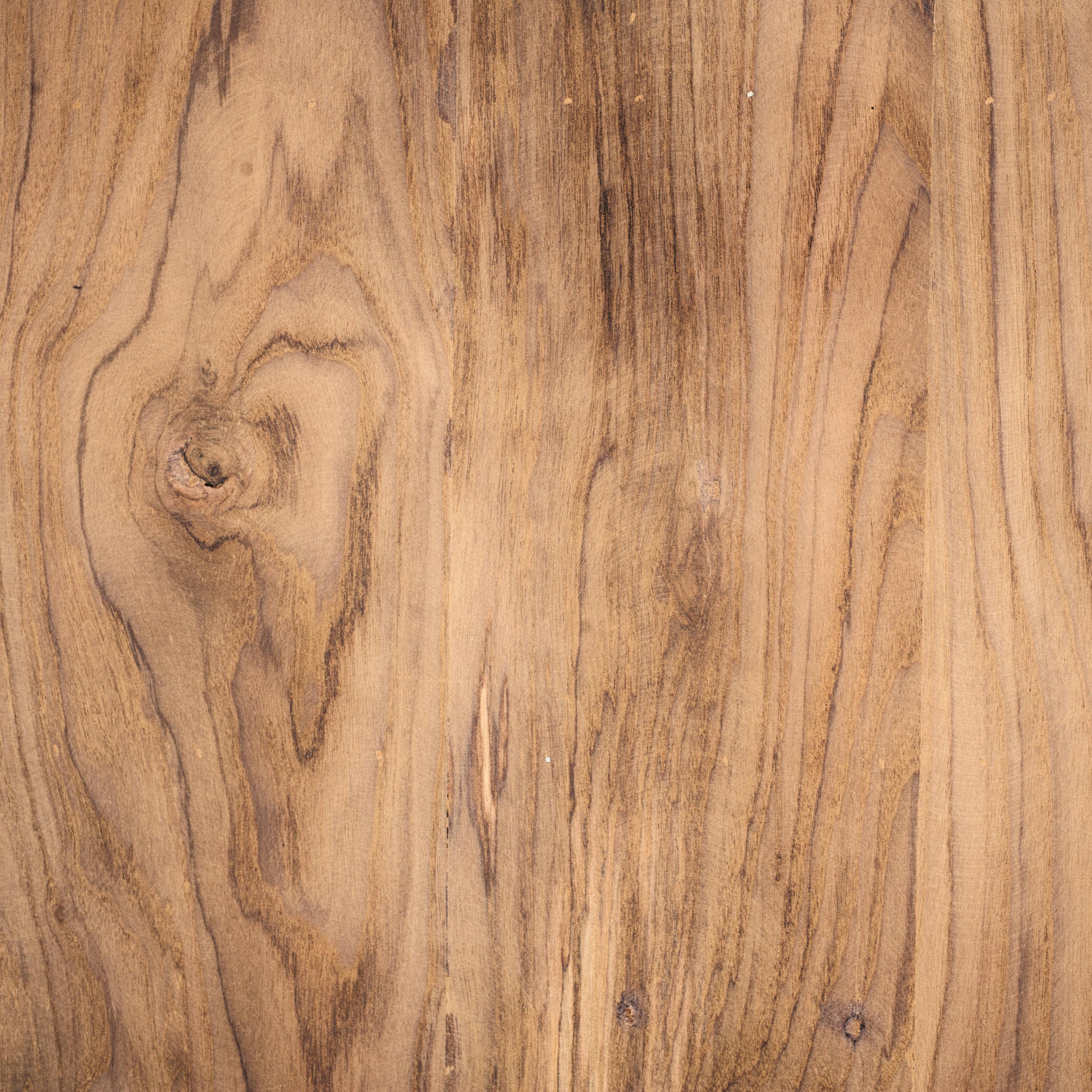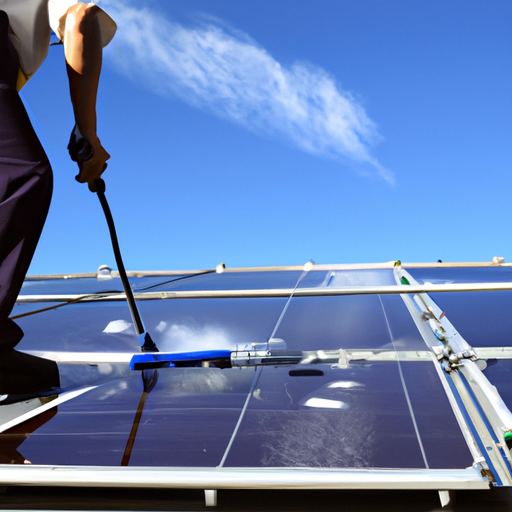For those of you who have chosen to invest in solar panels, congratulations on going green and deciding to harvest radiant energy from the sun! Your decision not only reflects your thoughtful care for Earth’s environment, but also your keen financial sense, as solar panels are a long-term investment promising significant savings. The article “Effective Steps: How to Maintain Your Solar Panels for Longevity” provides you with valuable insights on how to keep your panels in tip-top shape to maximize their efficiency and lifespan. No need to worry – even if you’re not particularly tech-savvy, these straightforward steps and easy-to-understand tips will guide you through the process, ensuring that your panels continue to harness the sun’s power optimally for many years to come.
Understanding the Importance of Solar Panel Maintenance
You’ve made the smart decision to switch to solar energy. Now for the next step–maintaining your solar panels well. This is not just a suggestion but a requisite for the long life of your solar panels.
The role of solar panel maintenance in its longevity
Regular maintenance of your solar panels is the key to their longevity. It’s like caring for a precious car– the better you maintain it, the longer it performs at its peak. Solar panels aren’t any different. They require regular cleaning and inspections to spare them from dust, leaves, bird droppings, etc. With these elements out of the way, your panels can function at optimal capacity, ensuring they last for their entire 25-30 year lifespan.
Why ignoring solar panel maintenance could cost you more over time
Neglecting solar panel maintenance might seem harmless in the short run, but it will ultimately lead to a drop in their efficiency and spike in your energy bill. Your solar panel may lose up to 25% of their efficiency if left unattended. This means that the money you saved by switching to solar could be leaking through the gap created by poor maintenance. It’s a costly mistake to make, indeed!
Knowing When and How Often to Clean Your Solar Panels
Next comes the “when” and “how often,” to maintain your solar panels.
Typical solar panel cleaning frequency
The golden rule is to clean your solar panels at least two times a year. However, this frequency can vary depending on your local climate and the amount of dust and pollution in the area.
Factors that influence cleaning routine
A heavily industrialized or dusty environment might necessitate more frequent cleaning. Likewise, if you live in a region with frequent bird visitors, you might find yourself needing to clean droppings quite often.
Seasonal considerations for solar panel maintenance
Remember to seasonally adjust your cleaning routine. After a long winter, an extensive spring clean is necessary to wash off accumulated grime. Similarly, an autumn cleaning ensures that fallen leaves don’t obstruct sunlight.

Correct Cleaning Methods for Solar Panels
Cleaning is not rocket science, but it still needs care and keen attention.
The do’s and don’ts of cleaning solar panels
Clean your solar panels during the cooler parts of the day, like early mornings or late afternoons to avoid cracking the panels from sudden temperature changes. Make sure you never scrape or scrub them harshly – a smooth rinsing and gentle wiping will do.
Proper tools and cleaners for solar panels
Use a hose with a suitable nozzle to soften the accumulated dirt before lightly brushing with a soft bristle brush. Avoid using sharp or metallic objects and harsh chemicals. Use simple soapy water instead; it’s efficient and safe.
Potential mistakes to avoid while cleaning
Avoid direct contact with the underside of the panels and stay clear of making any physical alterations to the panels. Amending their wiring or trying to open up the panels could void your warranty. Remember, safety first!
The Role of Professional Solar Panel Maintenance
While you can DIY solar panel cleaning, in some cases, professional help is best.
Deciding when to involve professionals
Consider professional help if your panels are in hard-to-reach areas, on steep roofs, or if you’re not comfortable doing it yourself. After all, you do not want to risk damaging the panels or worse, hurting yourself.
Benefits of hiring professional solar panel technicians
Proper solar panel maintenance requires a keen eye for detecting potential issues. Professionals are trained to spot and rectify them, ensuring proper functioning of your panels.
Selecting a reputable solar panel maintenance provider
Choose a reputable provider who is licensed and experienced. Check reviews and seek references for peace of mind in knowing your solar panels are in capable and reliable hands.

Troubleshooting Common Solar Panel Problems
Issues can arise, but don’t worry, you’re well-equipped to handle common problems.
Signs of solar panel damage
Watch out for physical damage, like cracks or discolorations on the panel surface. Also, look out for sudden drops in energy production, which could signify a deeper issue.
Common solar panel malfunctions and their probable causes
Loose wiring, faulty connections, or shade can disrupt energy production. Similarly, a broken inverter or charge controller could also hinder your solar panel’s performance.
Steps for simple troubleshooting
When problems arise, check the inverter and charge controller readings first. Look for shading or physical damage, and ensure all cables are well connected. Hire a professional if the problem persists.
Dealing with Solar Panel Repairs
Despite your best efforts, some problems require repairs.
Typical solar panel repair issues
Circuit breakers tripping, solar inverter error messages, or a significant drop in energy production are typical indicators that repair is needed.
DIY vs professional repairs for various issues
While you can replace circuit breakers or worn-out cables DIY-style, leave more convoluted issues like inverter or module failures to professionals. Always keep safety and warranty restrictions in mind.
Ensuring safe and effective solar panel repairs
Remember, always shut off the solar system before attempting any repair to avoid electric shocks. Follow manufacturer’s guidelines during the repair process and call in experts when in doubt.

Benefiting from Regular Solar Panel Inspections
Regular inspections pave the way for optimal solar panel functioning.
Reasons for regular solar panel inspections
Regular inspections help detect minor issues before they morph into costly repairs. They also ensure optimal energy production, contributing significantly to system longevity.
What happens in a solar panel inspection
During an inspection, the technician checks the physical state of your panels, assesses the wiring and connections, inspects mounting points, and measures the system’s power output.
Frequency of inspections for optimal maintenance
Typically, an annual inspection is enough. But depending on your local climate and panel positioning, you might need more frequent checks.
Monitoring Solar Panel Performance Regularly
Keen monitoring will also make a world of difference in your solar panel performance.
Importance of regularly monitoring the performance
By regularly monitoring the performance, you can observe if the panels are working as they should and ensure the system has not deviated from its expected energy production.
Tools and methods for measure panel performance
You can utilize performance monitoring systems available in the market that provide real-time data about your solar panels’ performance. It’s like an ongoing health-checkup for your solar panels.
Understanding and interpreting solar panel performance readings
Understanding the readings can be tricky. Solar panel performance is measured in kilowatt-hours per square meter (kWh/m2). Any significant deviations could signal an issue. You may need professional help to dissect complex performance figures.
Ensuring Optimal Positioning for Your Solar Panels
Not to forget, the importance of correct panel positioning for optimal performance.
Understanding the implications of solar panel positioning
Solar panels are typically installed facing the sun’s path to capture maximum sunlight. Incorrect positioning could mean less exposure to the sun, less electricity production, and lower efficiency.
Checking and adjusting solar panel positioning
In general, solar panels in the northern hemisphere should face south and vice versa. But the perfect tilt angle varies according to geographical location and season. Adjust accordingly to maximize sunlight exposure.
Preventing shading and other positioning problems
Steer clear from any construct or foliage that can cast a shadow, causing an obstruction in sunlight. Adequate spacing and positioning will spare your panels from such performance-hindering disadvantages.
The Role of Routine Solar Panel Maintenance In Energy Savings
Finally, you’ll save more energy with well-maintained solar panels.
Correlation between well-maintained solar panels and energy efficiency
Well-maintained solar panels promise high energy efficiency. They convert more sunlight into electricity, powering your home and even contributing to the grid, saving you substantial money over the years.
Estimating the cost of poor maintenance on energy bills
Ignoring maintenance not only reduces efficiency but also escalates operating costs over time. Without proper maintenance, your solar panels might not cover their installation investments with the energy they produce.
Tips for maximizing solar panel contribution to energy savings
For the best energy savings, maintain regular cleaning, conduct annual inspections, adjust panel positioning as needed, and fix issues promptly.
It may look a bit challenging, but solar panel maintenance is all about regular cleaning and inspections. By following these simple steps, you can ensure that your solar panels serve you to their maximum potential, money-saving potential. With these protocols in place, your panels can function optimally for 25-30 years. Let’s make the most out of our investment and contribute to a sustainable future!
